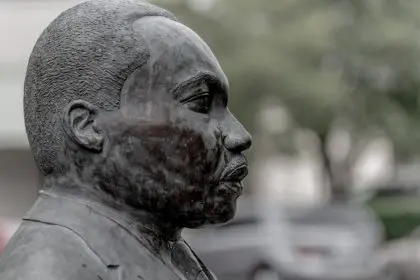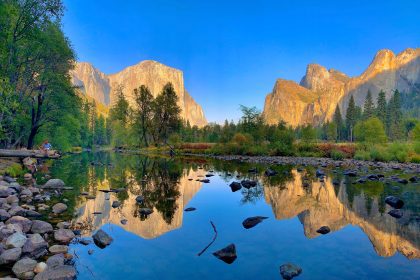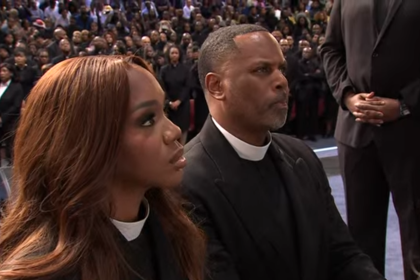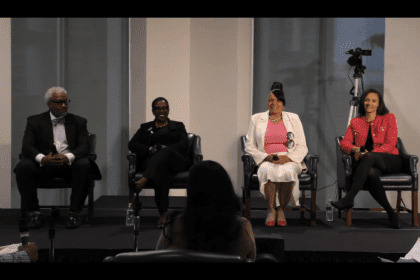 I often write about my recollections of the Civil Rights Movement as a child growing up in Memphis, Tenn., particularly about the death of Martin Luther King Jr., my mother and uncle taking me to the protest during the garbage collectors strike, and my aunt being arrested for sitting in the all-white public libraries.
I often write about my recollections of the Civil Rights Movement as a child growing up in Memphis, Tenn., particularly about the death of Martin Luther King Jr., my mother and uncle taking me to the protest during the garbage collectors strike, and my aunt being arrested for sitting in the all-white public libraries.
Fifty years ago last week, a period of history was made when a group of students declared that segregation in the South was not only embarrassing but also no longer acceptable. On May 4, 1961, the first group of Freedom Riders left Washington, D.C., to challenge racial segregation on interstate buses and in bus terminals. The strategy was engineered by the Congress for Racial Equality (CORE) to test the Supreme Court’s ruling in Boynton v. Virginia (1960), which declared segregation in interstate bus and rail stations unconstitutional.
During the second week, the riders were severely beaten. Outside Anniston, Ala., one of their buses was burned, and, in Birmingham, several dozen whites attacked the riders only two blocks from the sheriff’s office.
In Montgomery, they were savagely attacked by a mob of more than 1,000 whites. In Mississippi, they confronted more brutality and were jailed, but had managed to generate and inspire more attention and more Freedom Rides, especially after a group of students in Nashville learned of the violence against the Freedom Riders. The students decided to continue for they believed that, if they ended, it would signal to racist hate groups that violence could end the struggle for freedom.
We should not forget the courageous effort by these young students or the efforts of hundreds of black and white students traveling across the nation to the South to push for integration. They showed us what could be implemented through desire and a conviction of struggling for personal and collective freedom.
Today, students like these seem to be few and far between. Maybe because they think they are free they have nothing to struggle for or that history is not necessary today. Unfortunately, such beliefs and perceptions are far from the truth and should be evident just by observing the present environment we reside in since electing our first American president of African descent. –torrance t. stephens, ph.d.















